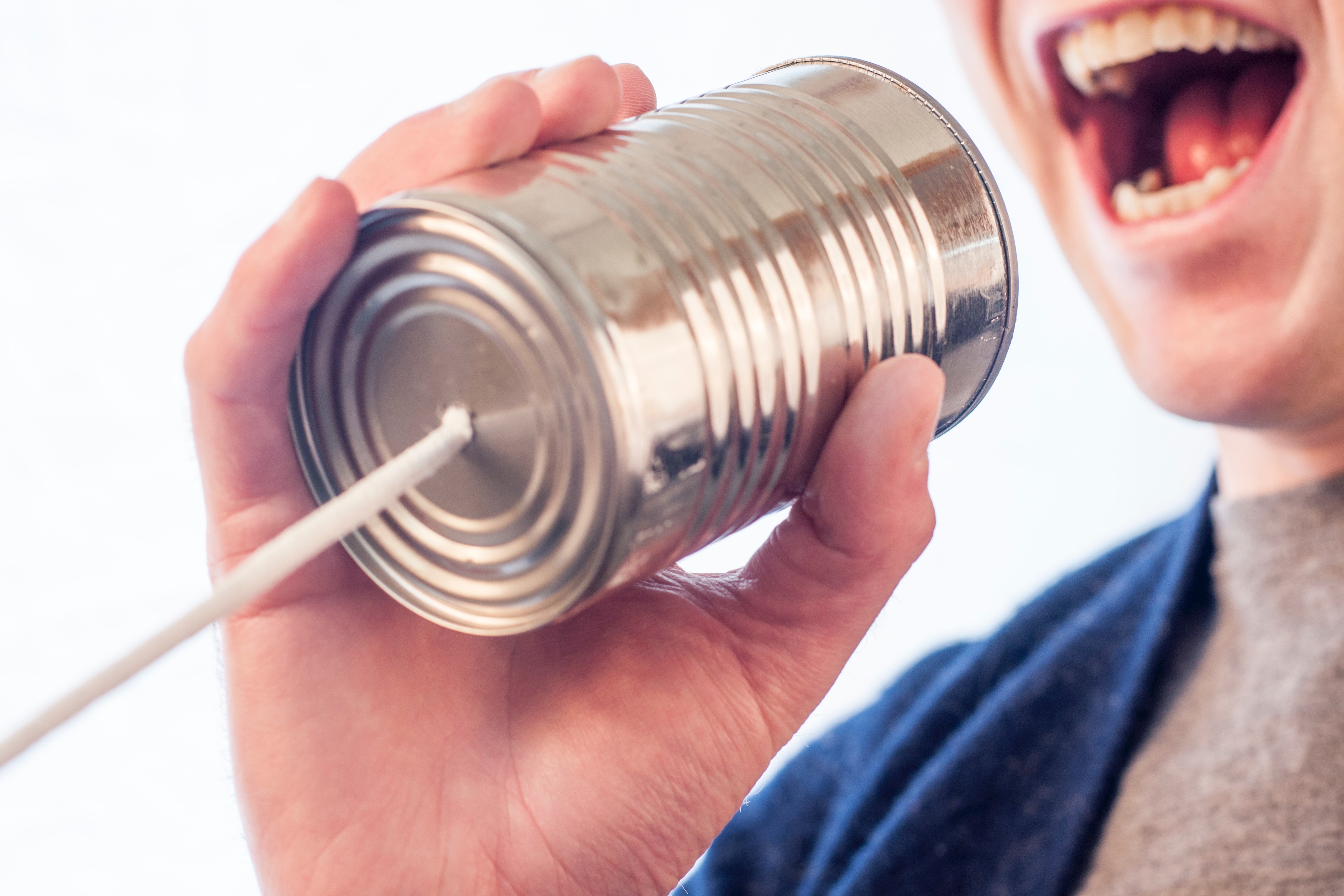Effective Communication

Effective Communication
Written By: Rhonda Pugh, Director of Projects and Communications | June 2019
Everyone communicates! But, not everyone communicates effectively. The effectiveness of your communication lies within your ability to ensure your audience receives and understands the information you are sharing. So, how can you make certain that you are an effective communicator?
Communication is more than just speaking. It is also conveyed in your facial expressions, body language and your ability to listen. It can be done through other mediums, such as a conversation, meeting, presentation, email, or posting on a board. To ensure effective communication, try practicing these simple tips:
- Be brief and succinct. It is difficult to follow someone that talks on at length or gets off track from the topic. Get to the point or break a narrative into pieces to allow time for response. Remember less is more, especially in written communications.
- Choose words wisely. Use vocabulary that is straightforward to follow and leaves no room for interpretation. Ambiguous and vague communication leads to misinterpretation. Ensure that the tone in your voice is in line with the words you are using.
- Really listen. Be engaged showing the other person you are interested. Refrain from interrupting and be sure you are not thinking about what you are going to say next or in response. Listen to understand the other’s point of view, even when you disagree.
- Empathize. Acknowledge the other person’s feeling or circumstances and show genuine concern in response. It lets them know you are listening and care about their situation, then you can insert your needs or opinions. Don’t offer to solve a problem unless asked.
- Ask questions for clarification. Utilize the Speaker Listener technique to ensure understanding and to let the other person know you are paying attention to them and want to receive what they have to say.
- Use proper non-verbal communication. Non-verbal communication includes your posture, facial expressions, sighs and gestures. Stop what you are doing, face the person, and look at them so that they know you are truly interested and engaged. Make certain your non-verbal communication is consistent with your verbal communication.
- Read aloud written communications before sending. Proofread but also read aloud your written communications. Think about how the reader will perceive it. Does it read with a negative tone? Does it state the point you are trying to make? Would it be more impactful making certain statements first? Did you summarize at the end?
- Think before you speak. It is ok to disagree but be respectful in your reply. Silence is golden. Pause to collect your thoughts, calm down if needed, and choose your words to make a difference and not just to make a point.
